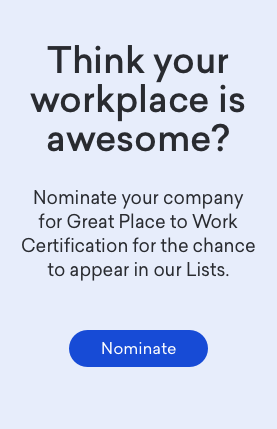Are we wringing our hands over the wrong things?
 As a toddler, my niece Ava loved to mimic her working parents as they caught up on recent happenings via daily newspaper and monthly trade journals. (Clearly, she also picked up on the importance of dressing for success.)
As a toddler, my niece Ava loved to mimic her working parents as they caught up on recent happenings via daily newspaper and monthly trade journals. (Clearly, she also picked up on the importance of dressing for success.)
That was then. Now at the ripe old age of eight, she has her own smart phone and sends a slew of text messages to her classmates and family each day (with emojis too numerous to count). She creates image libraries of artsy snow angel and doll photos, is video documenting the first-year antics of her new puppy (set to music she downloaded, of course), and video calls me a couple of times a week to share the latest jokes making the rounds in second grade.
 She has never known a time when she was disconnected from others or at a loss for creative outlets and information.
She has never known a time when she was disconnected from others or at a loss for creative outlets and information.
In a few short years, this little maven will be entering the workforce. Will we be ready for her?
Next-generation workers, and certainly many already in our midst, expect more than an email push that lags days or weeks behind the rumor mill. They're looking for collaborative, engaging, crowd-sourced environments where technology and transparency find a welcome home. They want genuine conversation with their leaders, and they want it in real time regardless of where they reside globally. They expect to engage their hearts and their passions as well as their skills and talent.
We risk losing them – or never attracting them in the first place – if we offer anything less.
But many of us in the working world are still wringing our hands over these shifts, letting fear trump the conversation when it comes to adopting more social, creative and authentic ways of working and communicating.
Maybe it's time to turn the conversation on its head and talk about the risks of not moving in this direction. We need to ask ourselves:
- Are our communication tools and corporate culture out of sync with company values?
- Are issues going unaddressed, finding space in external platforms as a last resort?
- Are good ideas going unmentioned or into the hands of competitors because there is no reasonable place for them to land inside our businesses?
- Do our employees feel little or no personal connection at work?
- Are next-generation workers overlooking our organization for more inviting workplaces?
At the 2016 Great Place to Work® Conference April 6-8, I'm looking forward to sharing a few of the ways SAS – in the top 10 of Fortune's 100 Best Workplaces for Millennials – is taking some powerful steps to turn around those old ways of communicating for more modern, agile approaches that today's and tomorrow's best and brightest are looking for. I hope you'll be there to join the conversation.














